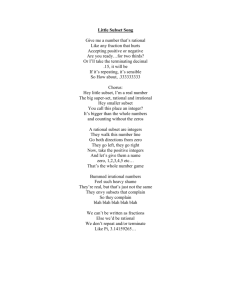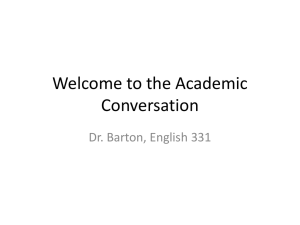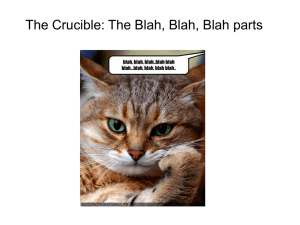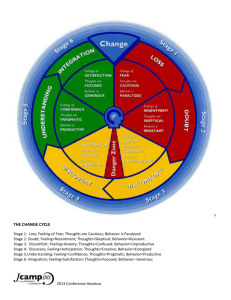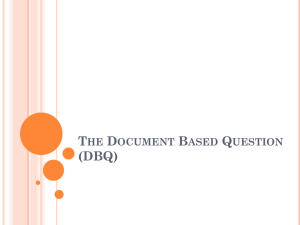Study Guide of Marine Bio Belize Exam:
advertisement
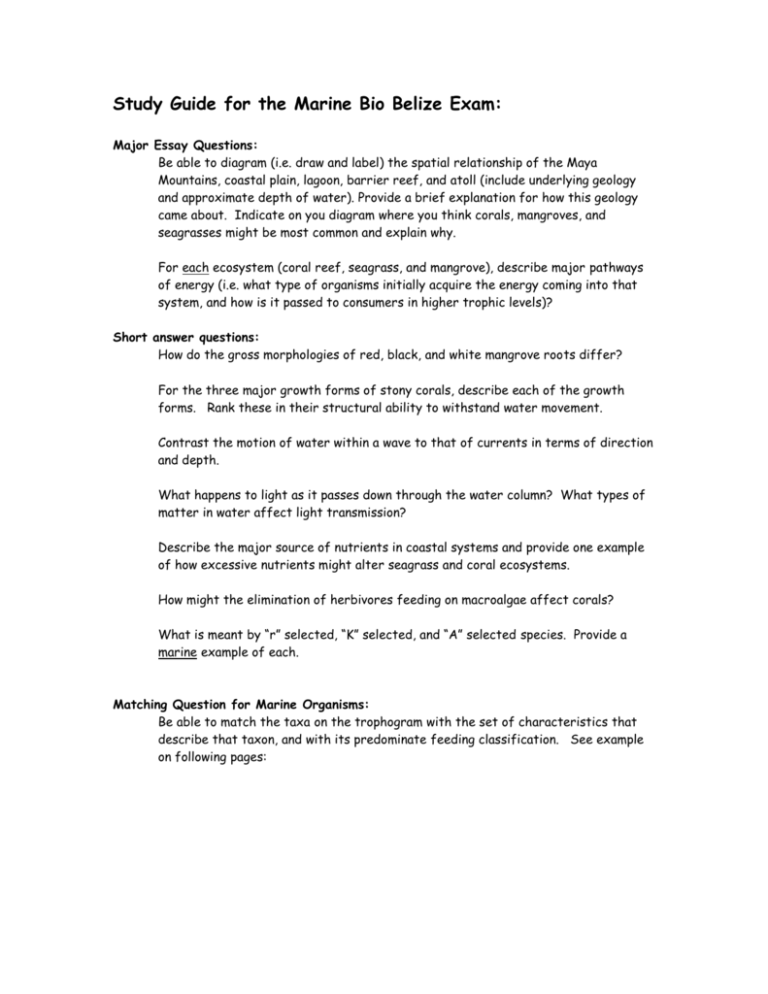
Study Guide for the Marine Bio Belize Exam: Major Essay Questions: Be able to diagram (i.e. draw and label) the spatial relationship of the Maya Mountains, coastal plain, lagoon, barrier reef, and atoll (include underlying geology and approximate depth of water). Provide a brief explanation for how this geology came about. Indicate on you diagram where you think corals, mangroves, and seagrasses might be most common and explain why. For each ecosystem (coral reef, seagrass, and mangrove), describe major pathways of energy (i.e. what type of organisms initially acquire the energy coming into that system, and how is it passed to consumers in higher trophic levels)? Short answer questions: How do the gross morphologies of red, black, and white mangrove roots differ? For the three major growth forms of stony corals, describe each of the growth forms. Rank these in their structural ability to withstand water movement. Contrast the motion of water within a wave to that of currents in terms of direction and depth. What happens to light as it passes down through the water column? What types of matter in water affect light transmission? Describe the major source of nutrients in coastal systems and provide one example of how excessive nutrients might alter seagrass and coral ecosystems. How might the elimination of herbivores feeding on macroalgae affect corals? What is meant by “r” selected, “K” selected, and “A” selected species. Provide a marine example of each. Matching Question for Marine Organisms: Be able to match the taxa on the trophogram with the set of characteristics that describe that taxon, and with its predominate feeding classification. See example on following pages: Matching: In the blank on the left, put the number for the appropriate invertebrate taxon, and in the blank left of it put the letter for the appropriate mode of feeding. You may put more than one letter in the answer for mode of feeding (1 point each) ___ _____ Woody emergent vascular plant ___ _____ Blah, blah, blah… ___ _____ Blah, blah, blah… ___ _____ Blah, blah, blah… ___ _____ Blah, blah, blah… ___ _____ Blah, blah, blah… Taxa: 1. 2. 3. 4. 5. 6. 7. 8. 9. 10. 11. 12. 13. 14. 15. 16. 17. 18. 19. 20. 21. 22. 23. 24. actinarians ascidians asteroids bivalves cephalopods crustaceans ctenophores echinoids endosymbionts errant polychaetes gastropoda gorgonians holothuroids hydrocorals macroalgae mangroves ophiuroids phytoplankton poriferans sceleractinians scyphozoans seagrass sedentary polychaetes zooplankton Feeding guild (i.e. what they consume): a. sunlight b. bacteria and suspended organic molecules c. phytoplankton d. zooplankton e. detritus f. seagrass and macroalgae g. macro invertebrates h. fishes and other invertebrates Matching: In the blank on the left, put the number for the appropriate vertebrate taxon, and in the blank left of it put the letter for the appropriate mode of feeding. You may put more than one letter in the answer for mode of feeding (2 points each) ___ ___ Diurnal, teleost fishes that display a dramatic lateral compression with eyes placed very closely to the extensible, small gape of an upturned mouth. ___ ___ Blah, blah, blah… ___ ___ Blah, blah, blah… ___ ___ Blah, blah, blah… ___ ___ Blah, blah, blah… ___ ___ Blah, blah, blah… Taxa: 1. 2. 3. 4. 5. 6. 7. 8. 9. 10. 11. 12. 13. 14. 15. 16. Elasmobranchs Beryciformes Pleuronectiformes Scorpaeniformes Tetradontiformes Hamulidae Mullidae Serranidae Lutjanidae Sphyraenidae Carangidae Chaetodontids Acanthuroids Labroids Testudines Cetaceans Feeding guild (i.e. what they consume): a. sunlight b. bacteria and suspended organic molecules c. phytoplankton d. zooplankton e. detritus f. seagrass and macroalgae g. macro invertebrates h. fishes and other invertebrates

